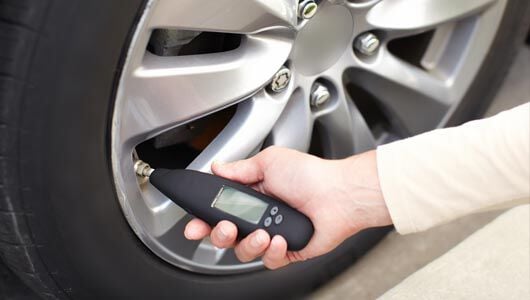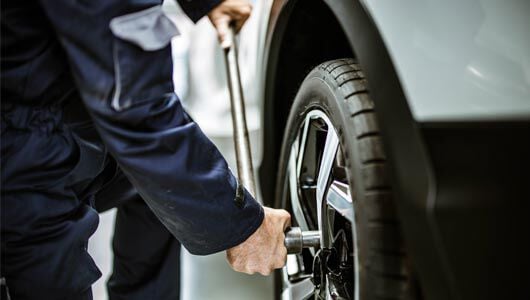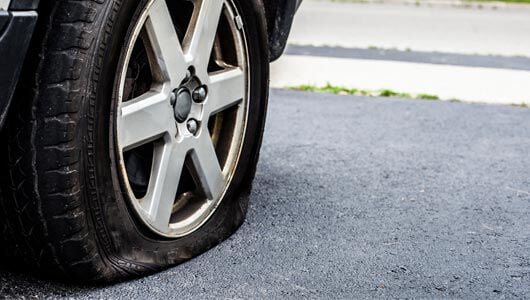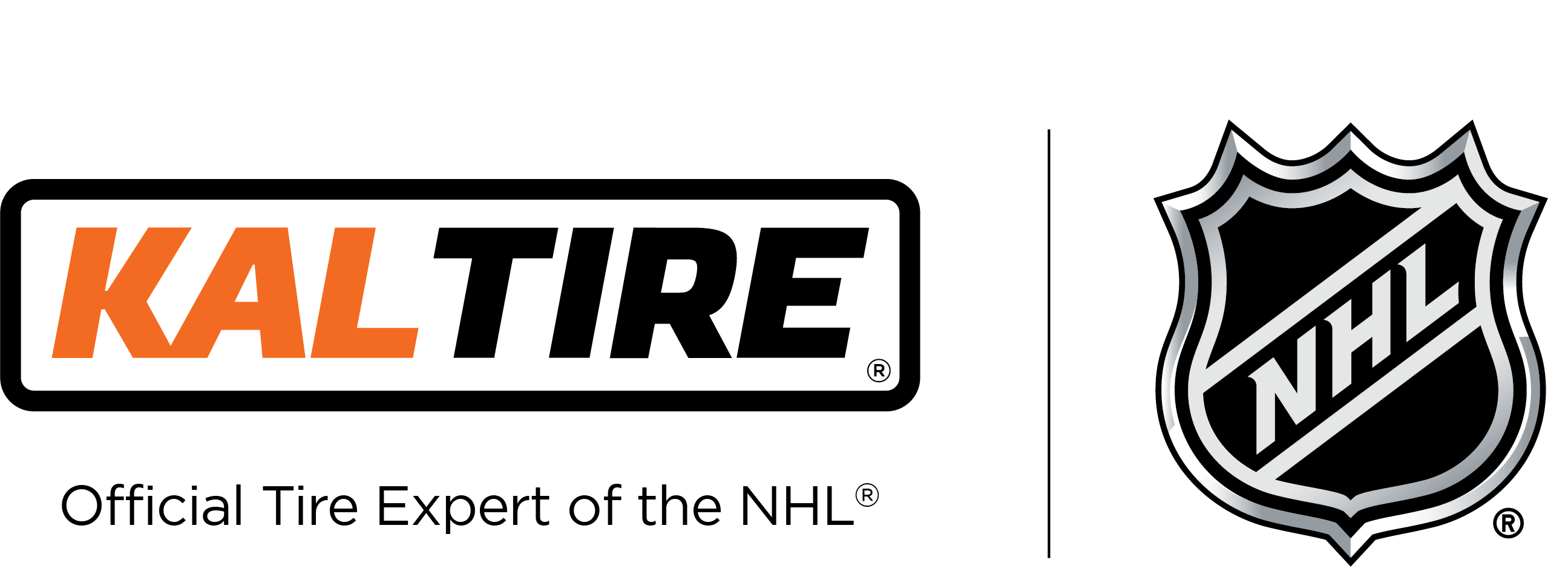How we repair tire punctures (but not to sidewalls)
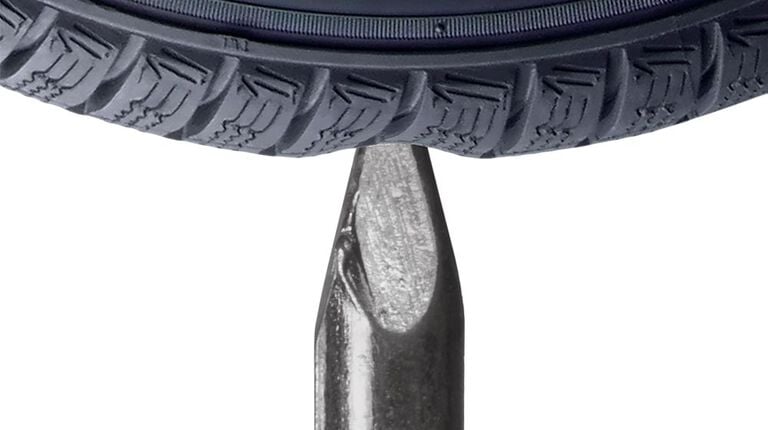
Shards of metals, screws and nails, even scissors—at Kal Tire, we’ve seen it all when it comes to tire punctures. Whatever the cause, there’s only one safe solution: a plug and patch repair combination for most tread punctures, and replacing the tire for sidewall punctures. Here’s why and how we repair tire punctures to the tread.
Why to avoid plug only or patch only tire repairs
Yes, it’s possible to purchase one-piece plug only or patch-only tire repair kits, but on their own, a plug or patch compromises the integrity of the tire and can lead to tire failure. EVERY puncture requires a patch/plug combination.
When you only install a plug there is a strong chance it won’t hold the air by itself compared to installing a patch under it. Ultimately, plug only can result in failure while driving. When you only install a patch, there is a strong likely-hood that water will come into the hole and degrade the inner tire construction which can result in failure while driving.
Why the plug/patch combination is best for punctures repairs
Kal Tire recommends one of two methods:
- the two-piece patch/plug combination
- the one-piece patch/plug combination
Technically, the two-piece plug/patch combination is required for a puncture if the injury angle exceeds 35 degrees. The injury can be no greater than a 1/4 inches for passenger tires and no greater than 3/8 inches for light truck tires.
At Kal Tire, when we repair tread punctures, we use both plugs and patches simultaneously as recommended by the Rubber Manufacturer’s Association.
When a tire puncture should not be repaired
There are some scenarios when it’s safer to replace your tire than to repair it:
- If repairs overlap (a plug has to fill the puncture and then be covered by a patch).
- If a puncture is larger than ¼ inch in diameter (passenger vehicles) or 3/8 inch (light duty trucks).
- If a flat tire sat for too long or was driven on for too long
- If the puncture is on the shoulder (where there is no tread) or sidewall
Why tires with punctured sidewalls can't be repaired
Unfortunately, sidewall punctures on passenger or light truck tires can’t be repaired. That’s because:
- The patch won’t hold - Tires have cords that run all around the tread of the tire, the part the makes contact with the road. But on the sidewall, those cords aren’t there. So, there’s just no way for a plug to fill that hole. The patch won’t hold, and it’s going to continue to leak.
- Sidewall puncture repairs compromise the integrity of your tire - Even if a patch were placed over a sidewall puncture, the fact is, your tire is no longer able to perform at is best, and that means it isn’t safe.
Even at slow speeds, your tire is now susceptible to a blowout and the risk of serious injuries for everyone in your vehicle and the vehicles around you.
When you have a sidewall puncture on your hands, the best thing to do is replace the tire.
If you drive a truck and you do a lot of off-roading or driving in areas where your tires are susceptible to sidewall punctures, you might want to consider one of our all-terrain tires, which feature 3-plywall sidewall construction for added puncture resistance.


